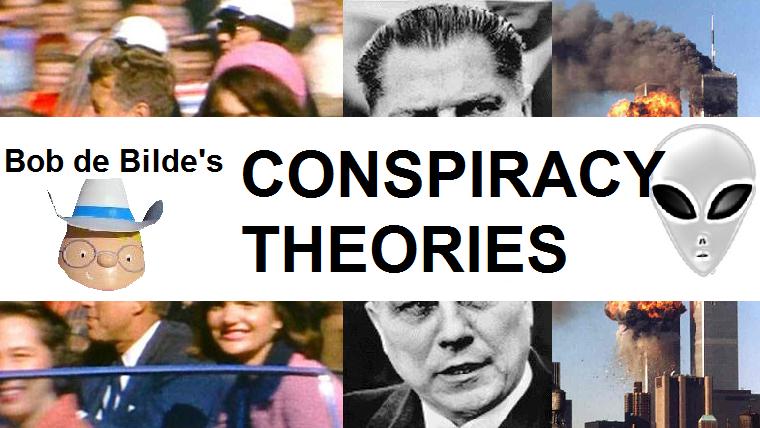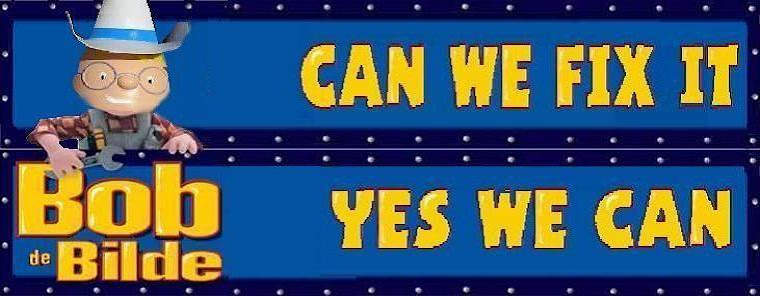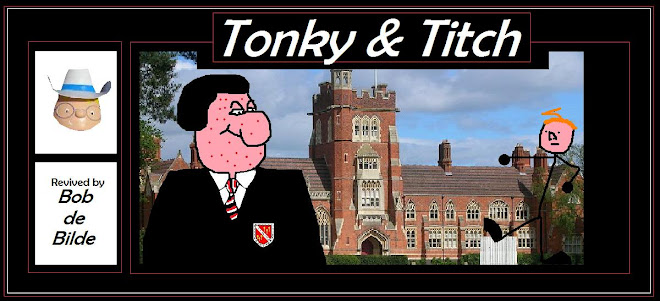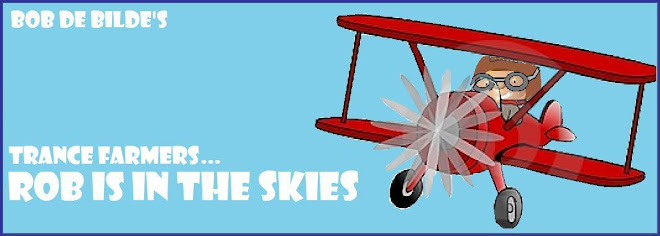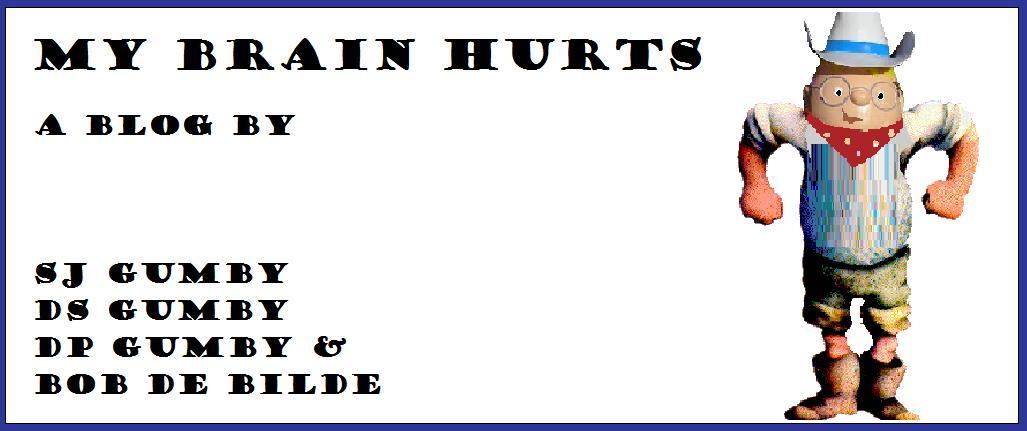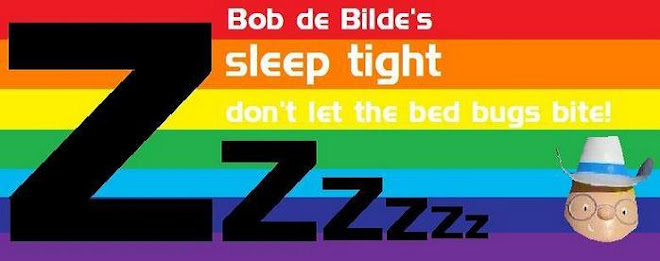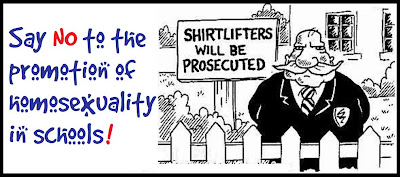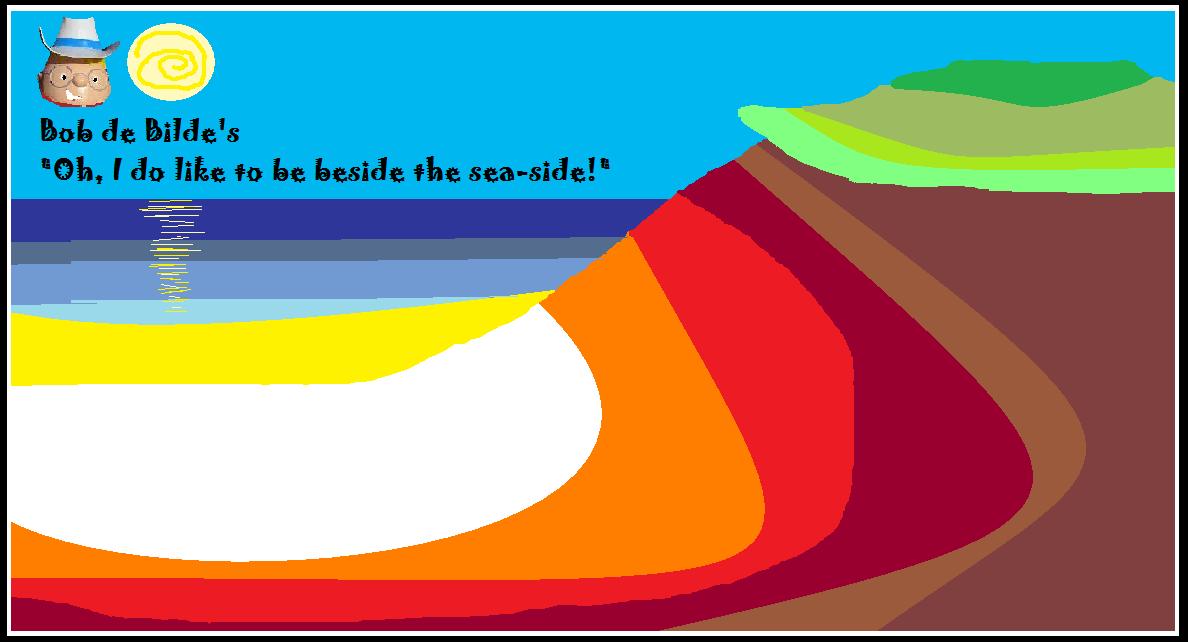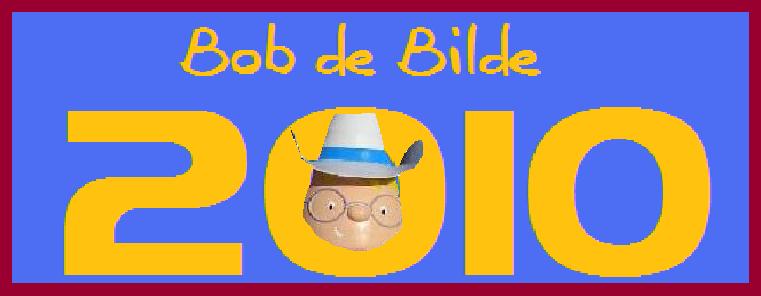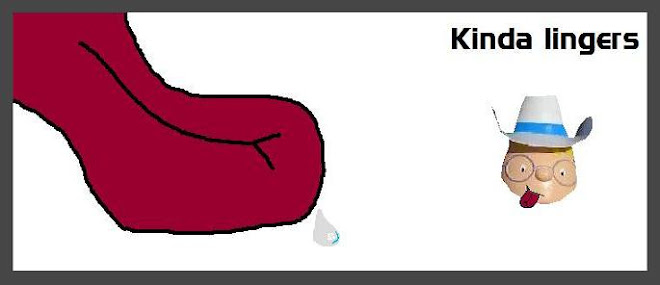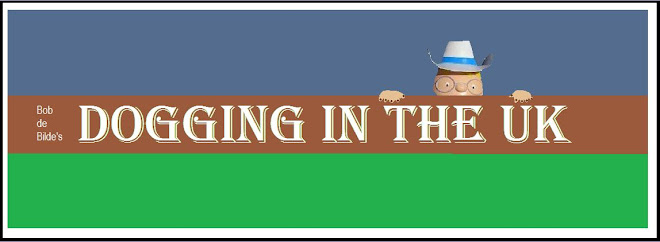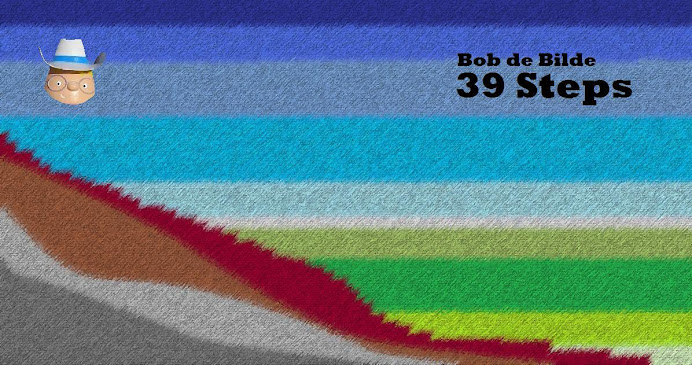 Marilyn Monroe
Marilyn Monroe (June 1, 1926 – August 5, 1962), born Norma Jeane Mortenson, but baptized Norma Jeane Baker, was an American actress, singer, and model. After spending much of her childhood in foster homes, Monroe began a career as a model, which led to a film contract in 1946. Her early roles were minor, but her performances in The Asphalt Jungle and All About Eve (both 1950) were well received. Monroe was praised for her comedic ability in such films as Gentlemen Prefer Blondes, How to Marry a Millionaire, Some Like It Hot and The Seven Year Itch.
The typecasting of Monroe's "dumb blonde" persona limited her career prospects, so she broadened her range. She studied at the Actors Studio and formed Marilyn Monroe Productions. Her dramatic performance in Bus Stop (from the William Inge play) was hailed by critics, and she won a Golden Globe Award for her performance in Some Like it Hot.
The final years of Monroe's life were marked by illness, personal problems, and a reputation for being unreliable and difficult to work with. The circumstances of her death, from an overdose of barbiturates, have been the subject of conjecture. Though officially classified as a "probable suicide", the possibility of an accidental overdose, as well as the possibility of homicide, have not been ruled out. In 1999, Monroe was ranked as the sixth greatest female star of all time by the American Film Institute.
On August 5, 1962, LAPD police sergeant Jack Clemmons received a call at 4:25 a.m. from Dr. Ralph Greenson, Monroe's psychiatrist, proclaiming that Monroe was found dead at her home in Brentwood, Los Angeles, California. She was 36 years old. At the subsequent autopsy, eight milligram percent of Chloral Hydrate and 4.5 milligram percent of Nembutal were found in her system, and Dr. Thomas Noguchi of the Los Angeles County Coroners office recorded cause of death as "acute barbiturate poisoning," resulting from a "probable suicide". Many theories, including murder, circulated about the circumstances of her death and the timeline after the body was found. Some conspiracy theories involved John and Robert Kennedy, while other theories suggested CIA or Mafia complicity.
On August 8, 1962, Monroe was interred in a crypt at Corridor of Memories #24, at the Westwood Village Memorial Park Cemetery in Westwood, Los Angeles. Lee Strasberg delivered the eulogy. The crypt space immediately to the left of Monroe's was bought and reserved by Hugh Hefner in 1992.
In August 2009, the crypt space directly above that of Monroe was placed for auction on eBay. Elsie Poncher plans to exhume her husband and move him to an adjacent plot. She advertised the crypt, hoping "to make enough money to pay off the $1.6 million mortgage" on her Beverly Hills mansion
Timeline
Many questions remain unanswered regarding the circumstances and timeline of Monroe's death after her body was found.
- 7-7:15p.m. Joe DiMaggio Jr., after trying to get in touch with Monroe all day, telephones Monroe and the two talk about DiMaggio's broken engagement. DiMaggio when interviewed said that Monroe sounded cheerful and upbeat. On duty with the Marines in California, DiMaggio was able to place the time of the call because he was watching the seventh inning of a Baltimore Orioles Los Angeles Angels game being played in Baltimore. According to the game's records the seventh inning took place between 10-10:15 p.m. Eastern Daylight Time, thus meaning Monroe received the call around 7 p.m. California time.
- 8-9 p.m. Henry Rosefeld telephones Monroe and states she sounded normal.
- Around 9 p.m. Monroe telephones hairdresser Sidney Guilaroff to arrange an appointment.
- 9:30-10 p.m. Former boyfriend Jose Bolanos telephones and states Monroe sounded normal.
- Sometime after 10 p.m. Monroe telephones Jeanne Carmen to invite her over for a talk but due to the late hour Carmen declines.
- 10 p.m. Housekeeper Eunice Murray walks past Monroe's door and states she saw a light on under the door but decided not to disturb her.
- 10:30 p.m. According to actress Natalie Trundy (later Mrs. Arthur P. Jacobs) Monroe's agent Arthur P. Jacobs hurriedly leaves a concert at the Hollywood Bowl that he is attending with Trundy and with director Mervyn LeRoy and his wife, after being informed by Monroe's lawyer Mickey Rudin that she has overdosed. Trundy's timeline fits with undertakers Guy Hockett's (see below) estimation that Monroe died sometime between 9:30 p.m. and 11:30 p.m.
- Midnight. Murray notices the light under the door again and knocks but gets no reply. She tells police she immediately telephoned Dr. Ralph Greenson, Monroe's psychiatrist.
- Dr. Greenson arrives and tries to break open the door but fails. He looks through the French windows outside and sees Monroe lying on the bed holding the telephone and apparently dead so breaks the glass to open the locked door and checks her. He calls Dr. Hyman Engelberg. There is some speculation that an ambulance might have been summoned to Monroe's house at this point and later dismissed.
The carpet in Monroe’s room was a thick pile which made it difficult if not impossible for Murray to have seen light under the door, the French windows had blackout blinds which made it impossible for Dr. Greenson to have seen inside the room.
- 1 a.m. Lawford is informed by Mickey Rudin that Monroe is dead.
- Police are called and arrive shortly after 4:30 a.m. The two doctors and Murray are questioned and indicate a time of death of around 12:30 a.m.
- Police note the room is extremely tidy and the bed appears to have fresh linen on it. They claim Murray was washing sheets when they arrived.
- Police note that the bedside table has several pill bottles but the room contains no means to wash pills down as there is no glass and the water is turned off. Monroe is known to gag on pills even when drinking to wash them down. Later a glass is found lying on the floor by the bed but police claim it was not there when the room was searched.
- 5:40 a.m. The undertaker, Guy Hockett, arrives and notes that the state of rigor mortis indicates a time of death between 9:30 and 11:30 p.m. The time is later altered to match the witness statements.
- 6 a.m. Murray changes her story and now says she went back to bed at midnight and only called Dr. Greenson when she awoke at 3 a.m. and noticed the light still on. Both doctors also change their stories and now claim Monroe died around 3:50 a.m. Police note Murray appears quite evasive and extremely vague and she would eventually change her story several times. Despite being a key witness, Murray travels to Europe and is not questioned again.
- The pathologist Dr. Thomas Noguchi could find no trace of capsules, powder or the typical discoloration caused by Nembutal in Monroe's stomach or intestines indicating the drugs that killed her had not been swallowed. If Monroe had swallowed the drugs there should have been residue. If Monroe had taken them over a period of time which might account for the lack of residue she would have died long before ingesting the amount found in her bloodstream. Monroe was found lying face down but lividity on her back and the posterior aspect of the arms and legs indicated she had died lying on her back. The body was covered in bruises, all minor except for one on her hip. There was also evidence of cyanosis, an indication that death was very quick. Noguchi had asked the toxicologist for examinations of the blood, liver, kidneys, stomach, urine, and intestines which would have revealed exactly how the drugs got into Monroe's system. However the toxicologist after examining the blood didn't believe he needed to check other organs so many of the organs were destroyed without being examined. When Noguchi asked for the samples, the medical photographs and slides of those that were examined, and the examination form showing bruises on the body had disappeared making it impossible to investigate the cause of death.
- The toxicology report shows high levels of Nembutal (38-66 capsules) and chloral hydrate (14-23 tablets) in Monroe's blood. The level found was enough to kill more than 10 people.
- An examination of the body ruled out intravenous injection as the source of the drugs, leaving only an enema or suppository as a source. These sources were considered unlikely and had no evidence in support, so Noguchi reluctantly wrote that the drugs were swallowed.
- The coroner, Dr. Theodore Curphey, oversaw the full autopsy. Apart from the cause of death as listed on the death certificate, the results were never made public and no record of the findings were kept.
Many elements of this timeline have often been brought into question. Most notable are the discrepancies in exactly what time Monroe either made or received her last phone call and at what time during the late night and early morning hours of August 4 and 5 her body was discovered.
The funeral
The funeral arrangements for Monroe were made by her second husband, baseball legend Joe DiMaggio. They were re-connecting at the time of her death, and it is rumored that, at the time of her death, he was preparing to ask her to marry him again.
Marilyn Monroe was buried in what was known at that time as the "Cadillac of caskets" — a hermetically sealing antique-silver-finished 48-ounce (heavy gauge) solid bronze "masterpiece" casket lined with champagne-colored satin-silk; the casket had been manufactured by the Belmont casket company in Columbus, Ohio. Before the service, the outer lid and the upper half of the divided inner lid of her casket were opened so that the mourners could get a last glimpse of Monroe. Whitey Snyder had prepared her face, a promise he had made her if she were to die before him.
The service was the second one held at the newly built chapel at Westwood Village Memorial Park Cemetery in West Los Angeles, and only 25 people were given permission to attend. Monroe's acting coach, Lee Strasberg, delivered her eulogy. An organist played "Over the Rainbow" at the end of the service.
Monroe is interred in a pink marble crypt at Corridor of Memories, #24. Hugh Hefner owns the rights to the crypt next to it. Monroe had visited the cemetery more than once as a struggling actress because Ana Lower, the adult to whom she had been closest during her juvenile years, had been buried there in 1948. Lower was related to Grace Goddard, Monroe's official guardian during much of her childhood. When Goddard committed suicide in 1953, Monroe, by then wealthy, arranged for her burial at Westwood.
DiMaggio had a half-dozen red roses delivered to her crypt three times a week for the next 20 years and never remarried.
Publicity in the 1970s
In 1973, Norman Mailer received publicity for having written the first bestselling book to suggest that Monroe's death was a murder staged to look like a drug overdose. The book has no footnotes and does not cite any interviews with witnesses, police officials or coroner Thomas Noguchi, who performed the autopsy, although there are many references to the Kennedy brothers. In a notorious 60 Minutes interview in August of that year, Mailer told Mike Wallace that he could not have interviewed Monroe's housemate Eunice Murray because Murray was dead before he started work on the book. Wallace said on the air that Murray was alive and listed in the West Los Angeles telephone directory.
In a 1974 book on Monroe's death that was not publicized on television, author Robert Slatzer made controversial claims about not only a conspiracy, but also his alleged brief marriage to Monroe in Tijuana, Mexico in 1952. (During that year her romance with Joe DiMaggio was reported by gossip columnists, although they did not marry until 1954.) Unlike Norman Mailer, Slatzer interviewed an authority whose name, which was unknown to the public at the time, appears in official documents from 1962. Slatzer's source was Jack Clemmons, a sergeant with the LAPD who was the first officer to report to the death scene. According to Clemmons' statements in Slatzer's book, Eunice Murray behaved suspiciously, doing laundry at 4:30 a.m. and answering his questions evasively. When Slatzer approached Murray with questions, she denied any wrongdoing by herself or by Monroe's psychiatrist Ralph Greenson, who had hired Murray to watch the actress for signs of drug abuse or suicidal tendency. Greenson himself refused to talk to Slatzer, having reacted to Norman Mailer's highly publicized book by telling the New York Post that Monroe "had no significant involvement" with John or Robert Kennedy.
BBC investigation
In 1985, the American media publicized an investigation by British journalist Anthony Summers. That year BBC viewers saw a documentary titled The Last Days of Marilyn Monroe that was narrated by Summers and based on his research. (Years later it was seen by Americans under the title Say Goodbye To The President.) The program contained soundbite interviews with, among others, Jack Clemmons and Eunice Murray, who was still alive 12 years after Norman Mailer's erroneous claim that she was dead. A former district attorney named John Miner is also seen being interviewed. He refused at the time to say anything about his interview with a griefstricken Ralph Greenson in 1962, citing a policy of confidentiality at the district attorneys' office and Greenson's doctor/patient confidentiality. Summers also came out that year with the book Goddess, which quoted Miner as saying he was aware that Greenson was now dead, but their 1962 conversation was still confidential.
A People Weekly cover story in 1985 reported that 20/20 had canceled a segment about Monroe's relationships with the Kennedys and the circumstances of her death. Barbara Walters, Hugh Downs and Geraldo Rivera were reported to have reacted angrily to the cancellation. The staffs of both the BBC and 20/20 had worked closely with Anthony Summers. All of these investigations had started after the 1979 death of Ralph Greenson. For the BBC program Eunice Murray initially repeated the same story she had told Robert Slatzer in 1973 and the police in 1962. She apparently noticed the camera crew starting to pack up and then said, "Why, at my age, do I still have to cover this thing?" Unknown to her, the microphone was still on. Murray went on to admit that Monroe had known the Kennedys. She volunteered that on the night of the actress' death, "When the doctor arrived, she was not dead." Murray died in 1993 without revealing further details.
21st century investigations of Monroe
Rachael Bell of Court TV
According to a mini-biography of the events leading up to Monroe's death written by Rachael Bell for Court TV's Crime Library, a sedative enema might have been administered on the advice of Monroe's psychiatrist, Dr. Ralph Greenson, as a sleep aid and as part of Greenson's larger project to wean his patient off barbiturates.
Drawing on Donald Spoto's updated edition of his biography from 2001, Bell elaborates on the theory that Greenson was perhaps unaware of the fact that his patient's internist, Dr. Hyman Engelberg, had refilled Monroe's prescription for the barbiturate Nembutal a day earlier, and that the actress may very well have ingested enough Nembutal throughout the day such that it would lethally react with the chloral hydrate later given to her. Bell writes:
Spoto makes a very persuasive case for accidental death. Dr. Greenson had been working with Dr. Hyman Engelberg to wean Marilyn off Nembutal, substituting instead chloral hydrate to help her sleep. Milton Rudin claimed that Greenson said something very important the night of Marilyn's death: "Gosh darn it! He gave her a prescription I didn't know about!"
Bell goes on to suggest that the suspicious circumstances surrounding Monroe's death are very possibly the result of an elaborate cover-up for what was, essentially, a tragic medical mistake.
John Miner's "tapes" assertion
On August 5, 2005, the Los Angeles Times published an account of Monroe's death by former Los Angeles County district attorney John Miner, who was present at the autopsy. Miner claimed that she was not suicidal, offering as proof his notes on audio tapes she had supposedly recorded for Greenson and that Greenson had played for him. Miner had refused to discuss them during Anthony Summers' 1980s investigation. In 2005, Miner did not explain why he was now willing to break the confidentiality agreement he had made with Greenson in 1962.
The CBS 48 Hours investigation
In April 2006, CBS's 48 Hours presented an updated report by Anthony Summers on Monroe's death. Through Summers, 48 Hours gained access to audio tapes of interviews conducted by the Los Angeles District Attorney's office in 1982.
According to Summers' sources, Monroe attended social events at actor Peter Lawford's beach home in Santa Monica, California, in the months before her death that also included President John F. Kennedy and Attorney General Robert F. Kennedy. The 48 Hours report quoted a former Secret Service agent as stating that it was "common knowledge" among his colleagues that there was an affair between Monroe and John Kennedy. Rumors of a relationship with Robert Kennedy were not confirmed.
According to newly released FBI documents, Monroe was considered to be a security risk. In March 1962 Monroe visited Mexico on a vacation, where she socialized with Americans who were openly communist. Subsequently the FBI maintained a file about Monroe. Summers stated that, contrary to her public image as a dumb blonde, Monroe was passionate about politics and discussed atomic testing issues with President Kennedy just three months before the Cuban Missile Crisis.
According to the broadcast, Lawford told police that he spoke to Monroe on the phone shortly before her death, that she sounded groggy and depressed, and that she said to him, "Say goodbye to Jack," and "Say goodbye to yourself." Phone records of her long distance calls that evening were lost, which was a cause of suspicion. Former Assistant District Attorney Mike Carroll, who conducted the 1982 investigation, said they found "no evidence of an intentional criminal act," and indicated that suicide was the most likely cause of death. He stated, "The bottles were there. She was unconscious. She had a history of overdose. In fact, she had a history of not only overdosing, but of being resuscitated."
FBI 2006 File Release
In October 2006, under the FOI act, the FBI released thousands of pages of previously classified documents. In early 2007, writer Philippe Mora discovered a three page report among the papers titled Robert F. Kennedy that discussed Monroe's death. This report has since been included in the FBI index under Marilyn Monroe.
Written by a former FBI agent (name is redacted from the report) working for the then governor of California Pat Brown, it details Robert Kennedy's affair with the movie star and claims that Kennedy had promised Monroe he would divorce his wife and marry her, but after the actress realised he had no intention of doing so, she made threats to make the affair public. The report claims that to silence Monroe, who had a history of staging publicity seeking fake suicide attempts, she was deliberately encouraged to do so again but was this time allowed to die. The report implicates Robert Kennedy, Peter Lawford, her psychiatrist Ralph Greenson, her housekeeper Eunice Murray, and her secretary and press agent, Pat Newcomb in the plot. The agent states in the report that he could not authenticate the information.
Mora admits he is not sure what to make of the file: "Is all this the elaborate dirty tricks of Kennedy haters from decades ago, or are we getting closer to the historical truth?"
 Islam in Europe
Islam in Europe